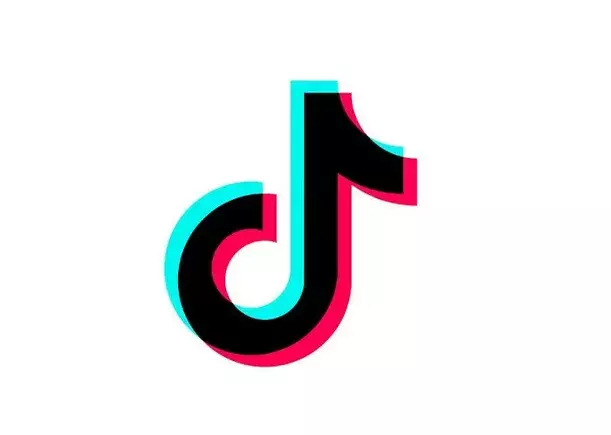In an era where misinformation can spread like wildfire, TikTok’s latest Transparency Report serves as a crucial measure of accountability, especially under the EU Code of Practice. The report reflects the platform’s efforts to enforce its policies while navigating the complex landscape of digital content. While the report is a hefty 329 pages, its key highlights reveal a commitment to transparency that not only showcases TikTok’s operational integrity but also reinforces its role in the digital ecosystem.
Key points from the report include the removal of approximately 36,740 political ads in the latter half of 2024, emphasizing TikTok’s ongoing commitment to maintaining a politically neutral environment. Political content is a contentious area, and the proactive stance taken by TikTok signals an awareness of the potential misuse of the platform by political entities seeking to exploit its expansive reach for partisan gains. The sheer volume of removed political advertisements indicates that TikTok is not merely a passive platform; it is actively taking steps to uphold even the most challenging nuances of compliance and regulation.
The Dilemma of Fake Accounts and Manipulated Engagement
Another striking revelation from the report is the elimination of nearly 10 million fake accounts, along with 460 million fraudulent likes. This monumental effort is essential for preserving the authenticity of interactions within the app, which has cultivated a vibrant social atmosphere that hinges on genuine user engagement. The fact that such a large number of inauthentic accounts were targeted underscores the ongoing battle against content saturation and manipulation that many social media platforms face today. Although some interactions may inherently come from social pressures—like liking a friend’s mediocre post—TikTok’s initiative ensures that the bulk of engagement comes from authentic, real users.
What these numbers highlight is not just the prevalence of fraudulent accounts but also the strategic action being taken. By eliminating manipulation avenues, TikTok enhances user experience and fosters an environment where authentic creative expression thrives.
Innovating to Combat AI-generated Content
The report also addresses the rising phenomenon of AI-generated and manipulated media. TikTok removed over 51,600 videos for violating its rules concerning synthetic media. This proactive stance places TikTok at the forefront of dealing with AI’s disruptive potential. By implementing C2PA Content Credentials, which assists in identifying and labeling AI-generated content, TikTok is setting a precedent for other platforms to emulate. This large-scale investment in moderation technology demonstrates a robust willingness to tackle emerging challenges in the digital age.
Interestingly, the comparative approach to AI content across platforms highlights the varying strategies adopted to maintain the integrity of information. Meta’s initial findings suggest that AI-generated content hasn’t yet become a predominant concern, despite the large volume of submissions encountering scrutiny. Thus, TikTok’s more stringent measures to combat potentially misleading AI-generated media establish a commendable benchmark for others in the industry.
The Role of Fact-Checking in Misinformation Mitigation
Moreover, TikTok recognized the critical role that third-party fact-checkers play in the fight against misinformation. With the onboarding of two new partners in the second half of 2024, TikTok expanded its arsenal against false claims to 14 accredited organizations throughout Europe. The commitment to partner with these credible entities indicates TikTok’s understanding of the complexities surrounding misinformation and a step away from self-regulation alone.
With an impressive statistic showing that content shares dropped by an average of 32% among EU users when unverified claims were flagged, TikTok demonstrated the effectiveness of implementing an external verification system. Although platforms like Meta are shifting towards community-driven methods of fact-checking, the data from TikTok illustrates the enduring significance of impartial, third-party evaluations in mitigating the spread of misleading claims and reinforcing public trust.
Challenges in Scaling Fact-Checking Mechanisms
Despite the positive indicators surrounding third-party collaborations, TikTok’s examination of the challenges faced in fact-checking efforts is noteworthy. The report mentioned the submission of 6,000 videos for external reviewing, underscoring the significant barriers to scaling a comprehensive fact-checking operation. This raises essential questions regarding the efficacy of existing systems in a landscape inundated with content.
While the proactive measures are commendable, the disparity between the volume of content and the capacity for thorough review suggests that more innovative solutions are needed to enhance factual accountability. The ongoing challenge becomes evident: maintaining a balance between efficiency in content moderation and ensuring a high standard of quality in fact-checking remains a persistent issue throughout the digital landscape.
TikTok’s Transparency Report embodies a forward-thinking approach to problems that have plagued social media environments for years: misinformation, manipulation, and lack of authenticity. By confronting these challenges head-on, TikTok not only bolsters its integrity but also sets an important example for fellow platforms striving to safeguard the truth in the ever-evolving digital world.


Leave a Reply